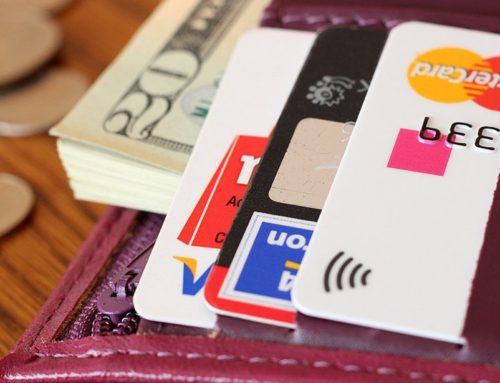With the school year right around the corner and the previous school year ending, there is one thing on the minds of many around the United States: student loans. Whether you are just starting school this fall and need to take on student loans or you are recently graduated with your first payment rapidly approaching, student loans are a daunting burden on everyone who has them.
Student loans are a relatively complex matter so we will break them down briefly and provide some strategies for dealing with them, whether you are about to start receiving or paying them.
What are Student Loans?
Student loans are funds provided by federal or private organizations which are to be used for student tuition, housing, and other college-related expenses. To secure federal loans, one must fill out a FAFSA (Free Application for Federal Student Aid). For private loans, the process will be more similar to getting a car loan or mortgage in which the lender checks credit, may require a co-signer, and may require payment during school, whereas federal payments don’t begin until college is completed.
The real challenge that students run into with these loans is generally not the application, but the management and repayment. Especially for those students going into college out of high school, many students have never experienced having even close to the amount of money that are given for these loans. Typical financial aid is paid out once or twice a year as large sums of money. Whether these loans are for undergrad or post-grad, the temptation to spend this money irresponsibly is always present. Here’s now to get through it.
Figure out a budget
Amounts given for student loans may vary, but the concept applies no matter what. Let’s say you are given $36,000 a year. Divide this by the amount of months in a year. In this example, you will determine that you have $3,000 per month.
From here, you will factor in your bills, expected budgets for food, gas, and entertainment, and then determine what is left over. Unless not possible, we always recommend retaining at minimum 20% of your monthly total per month for savings. If possible, you can even put this money into a CD or other high-yield account to help you with your payments later.
In our example, you will immediately subtract $720 (20%) for savings. Perhaps you have also have $1,000 in rent and utilities for your apartment, $120 for gas to travel, and $360 a month for food. This results in $2,200 per month for living and saving and another $1,000 a month for flexible spending or, preferably, saving.
To learn more on the topic and hear conversations about student loans, budgeting, and financial management, tune into the Millennial Money Talks podcast every Sunday!






